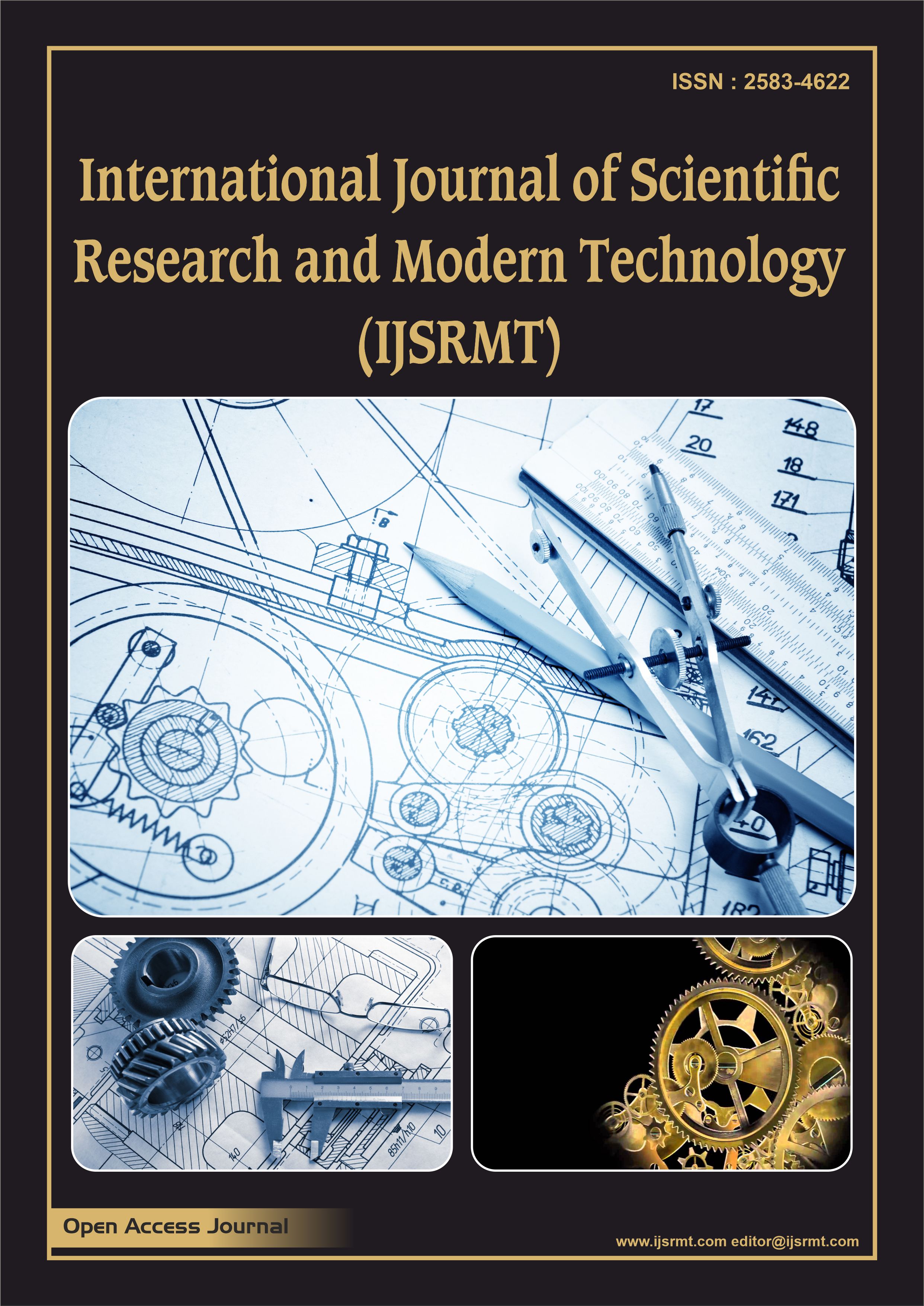An AI-Based Framework for Predictive Vulnerability Assessment and Risk Prioritization in Critical Infrastructure Systems
DOI:
https://doi.org/10.38124/ijsrmt.v4i10.892Keywords:
Critical Infrastructure Systems, Risk Management, Vulnerability Assessment, Artificial Intelligence, Machine Learning, Predictive Analytics, Risk Prioritisation; ResilienceAbstract
Modern societies are based on Critical Infrastructure Systems (CIS) which are becoming more susceptible to attacks by cyber- criminals, brute force, natural calamities and system interdependencies. Classical risk management models like the RMF and PRAM have some formal guidelines but are faced with the fact that it is impossible to manage dynamic and volatile threats since they are by definition siloed and emergent. Recent developments in Artificial Intelligence (AI) provide a new opportunity to assess potential vulnerabilities and prioritize risks in a predictive manner, but the current applications are usually sector-specific, have low scalability, and lack interpretability and real-time adaptability. The current paper is a conceptual review that combines the theory of risk management, the literature on the assessment of vulnerability, and the application of AI in various fields. It also introduces some important gaps in the existing literature, such as the lack of coherent frameworks, as well as, the lack of discussion of domain-wide interdependencies. The study, in turn, proposes a new AI-based framework that includes data integration based on multiple sources, hybrid AI modelling, dynamic risk scoring, decision- support tools, and feedback loops. The framework helps to develop the theory of AI-based risk management and provides realistic directions to enhance predictive accuracy, prioritisation, and resilience in CIS. It also preconditions future empirical confirmation and application of policy.
Downloads
Downloads
Published
How to Cite
Issue
Section
License
Copyright (c) 2025 International Journal of Scientific Research and Modern Technology

This work is licensed under a Creative Commons Attribution-NonCommercial 4.0 International License.
PlumX Metrics takes 2–4 working days to display the details. As the paper receives citations, PlumX Metrics will update accordingly.





